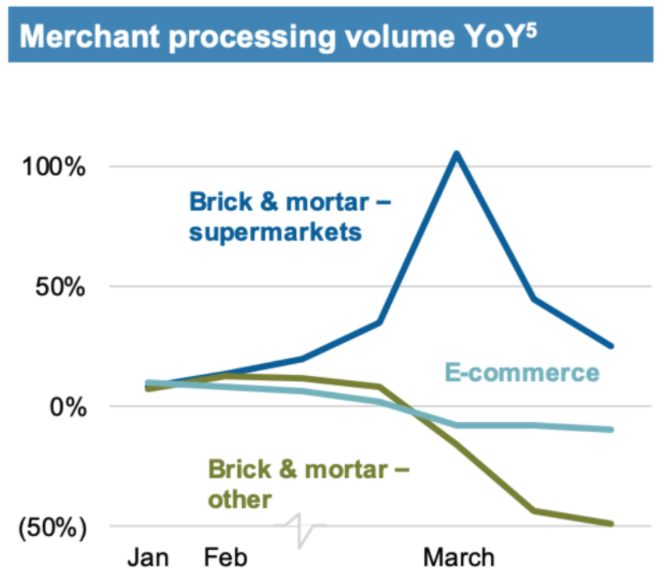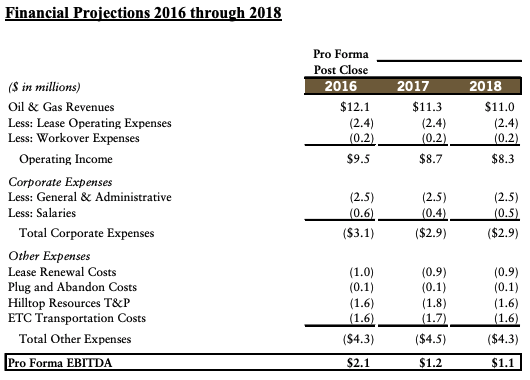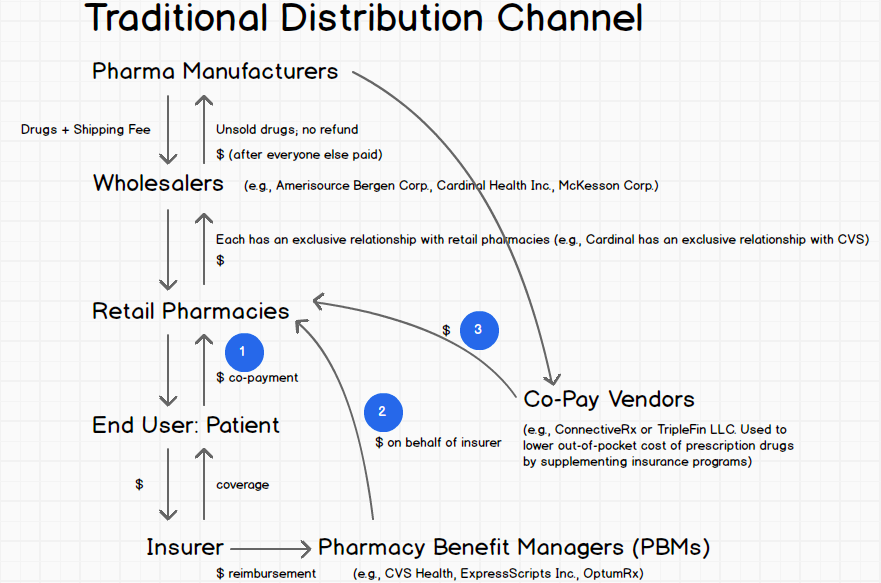Back in our July 4th weekend edition, we wrote the following:
#BustedTech. One year you’re on the Forbes’ 2018 Next Billion-Dollar Startups list and the next year you’re getting raided by the FBI. This is the story of uBiome, a SF-based microbiome startup. Per Forbes:
The new interim CEO of troubled microbiome startup uBiome, Curtis Solsvig, is a longtime turnaround and restructuring expert at financial advisory firm Goldin Associates and the former chief restructuring officer of failed drone startup Lily Robotics.
One man’s billion-dollar valuation is another man’s clean-up job.
And, now, another man’s bankruptcy.
Annnd another man’s sacrifice:
The Debtor filed this Chapter 11 Case to provide an innovative business with a fresh start under new management, and to preserve approximately 100 jobs through a court-supervised sale process that is intended to maximize the value of the Debtor’s assets for the benefit of all stakeholders.
…certain business practices formulated and implemented by the Debtor’s original founders have resulted in cessation of certain aspects of the Debtor’s business, investigations by certain federal and state investigatory bodies (the “Investigations”), loss of revenue and significant potential contingent liabilities.
Godspeed founders. You just got napalmed. AGAIN.
And as they should. The debtor has been in triage for some time now.
The company empowers consumers to access analysis of their DNA/microbiomes via the use of at-home kits. Said another way, people poop in an $89.99 “explorer kit” and the company analyzes the sample through (a) a proprietary gene sequencing process and (b) a cloud-based database of microbiomes to determine what’s what in the customer’s GI system — a much less invasive discovery methodology than the gut-wrenching (pun intended) colonoscopy. The consumer receives results that provide suggestions for diet, weight control, gut inflammation, sleep disorders and non-dietary supplements. Frankly, this all sounds rather bada$$.
The company also had a clinical business. Doctors could prescribe the tests and bill the customers’ insurance. Similarly, the company launched a clinical product geared towards the analysis of vaginal swabs (i.e., STDs, HPV, gyno disorders). Together these clinical products were called “SmartX.”
Suffice it to say, this idea was big. The company’s founders leveraged the open-source results from the Human Microbiome Project (launched by the National Institutes of Health) and built something that could really make a lot of people’s lives easier. The venture capitalists saw the opportunity, and the tech media celebrated the company’s rapid capital raises and increasing valuation: $1.5mm seed in ‘14, $4.5mm in August ‘14 (led by a16z), $15.5mm Series B in October ‘16, and $83mm Series C in September ‘18. (PETITION Note: the company now says it raised $17mm in ‘16 and $59mm in ‘18, exclusive of $36.4mm of mostly-now-converted convertible notes, which means that the media appears to have been fed, or reported, wrong numbers).* Valuation? Approx $600mm.
Armed with gobs of money, the company established some valuable IP (including over 45 patents and your poop data, no joke) and commercial assets (its certified labs). On the other side of the ledger, there is $5.83mm of outstanding secured debt and $3.5mm of unsecured debt, ex-contingent liabilities including…wait for it…”[p]otential fines for civil and criminal penalties resulting from the Investigation….” Ruh roh.
The Founders implemented certain business strategies with respect to the SmartX products that were highly problematic, contained significant operational (but not scientific) flaws and, in some instances, were of questionable legality. These issues included improper insurance provider billing practices, improper use of a telemedicine physician network (known as the External Clinical Care Network), overly aggressive and potentially misleading marketing tactics, manipulation of customer upgrade testing, and improper use of customer inducements. Moreover, certain information presented to potential investors during the three rounds of capital raise my have been incorrect and/or misleading. Although uBiome believes the science and technology behind uBiome’s business model in this developing area is sound, these issues – among others – have resulted in significant legal exposure for the Debtor.
Score one for VC due diligence! The USA for the ND of California, the FBI, the DOJ and the SEC are all up in the company poop now. This investigation, much like the opioid crisis, also calls into question the ethical practices of doctors. Because we really ought not trust anybody these days.
Anyway, the company has since taken measures to right the ship. The board suspended and then sh*tcanned the founders and recruited new independents. They’ve verified that the company suffered from bad business practices rather than bad science or lab practices (Elizabeth Holmes, holla at us!!). And they’ve hired bankers to market the company’s assets (no stalking horse bidder at filing, though). The company received a commitment from early investor 8VC for a $13.83mm DIP of which $8mm in new money; it will take slightly more than 60 days to see if a buyer emerges. One selling point according to the company: it plans for its Explorer Kits to be in CVS Health Corp. ($CVS)! That’d be great if CVS planned for that too. Womp womp.
Anyway, the way bankruptcy is going these days chapter 11 probably ought to be renamed chapter 363.
*There are many reasons why d-bag startup founders hype their own raises. First, it promotes an aura of success which can help acquire new customers. Second, they love the adulation (see Elizabeth Holmes). Third, it helps with recruiting. And, fourth, the VCs must like it and use it for subsequent fundraising (given that they never correct the record).
Jurisdiction: D. of Delaware (Judge Silverstein)
Capital Structure: $5.83mm credit facility (Silicon Valley Bank)
Professionals:
Legal: Young Conaway Stargatt & Taylor LLP (Michael Nestor, Joseph Barry, Andrew Magaziner, Joseph Mulvihill, Jordan Sazant)
Board of Directors: Kimberly Scotti, L. Spencer Wells, D.J. (Jan) Baker
Financial Advisor/CRO: Goldin Associates LLC (Curtis
Investment Banker: GLC Advisors & Co LLC
Claims Agent: Donlin Recano & Co. Inc. (*click on the link above for free docket access)
Other Parties in Interest:















